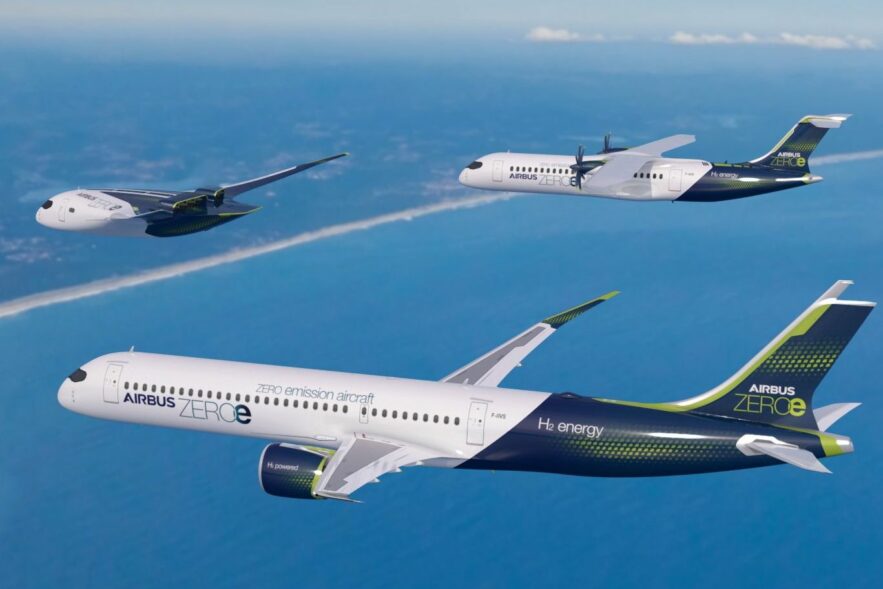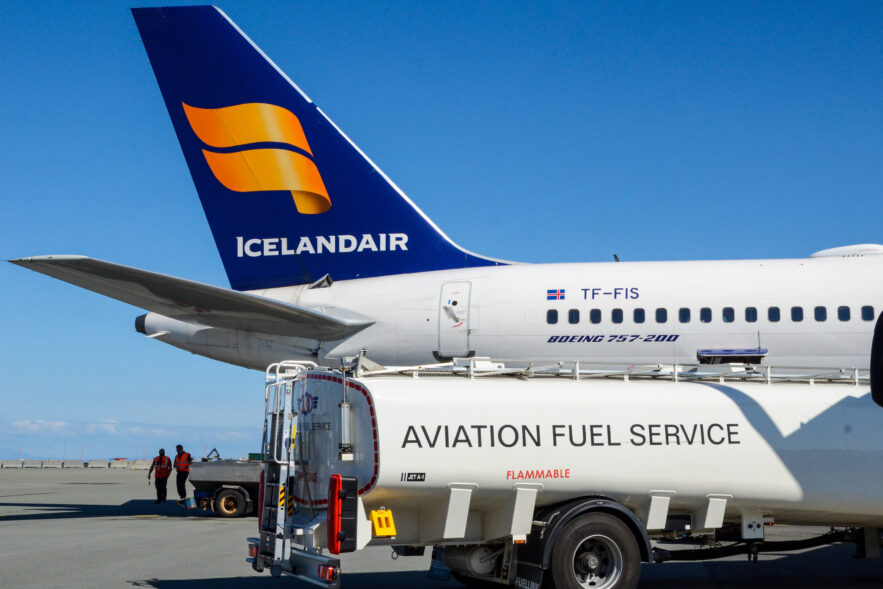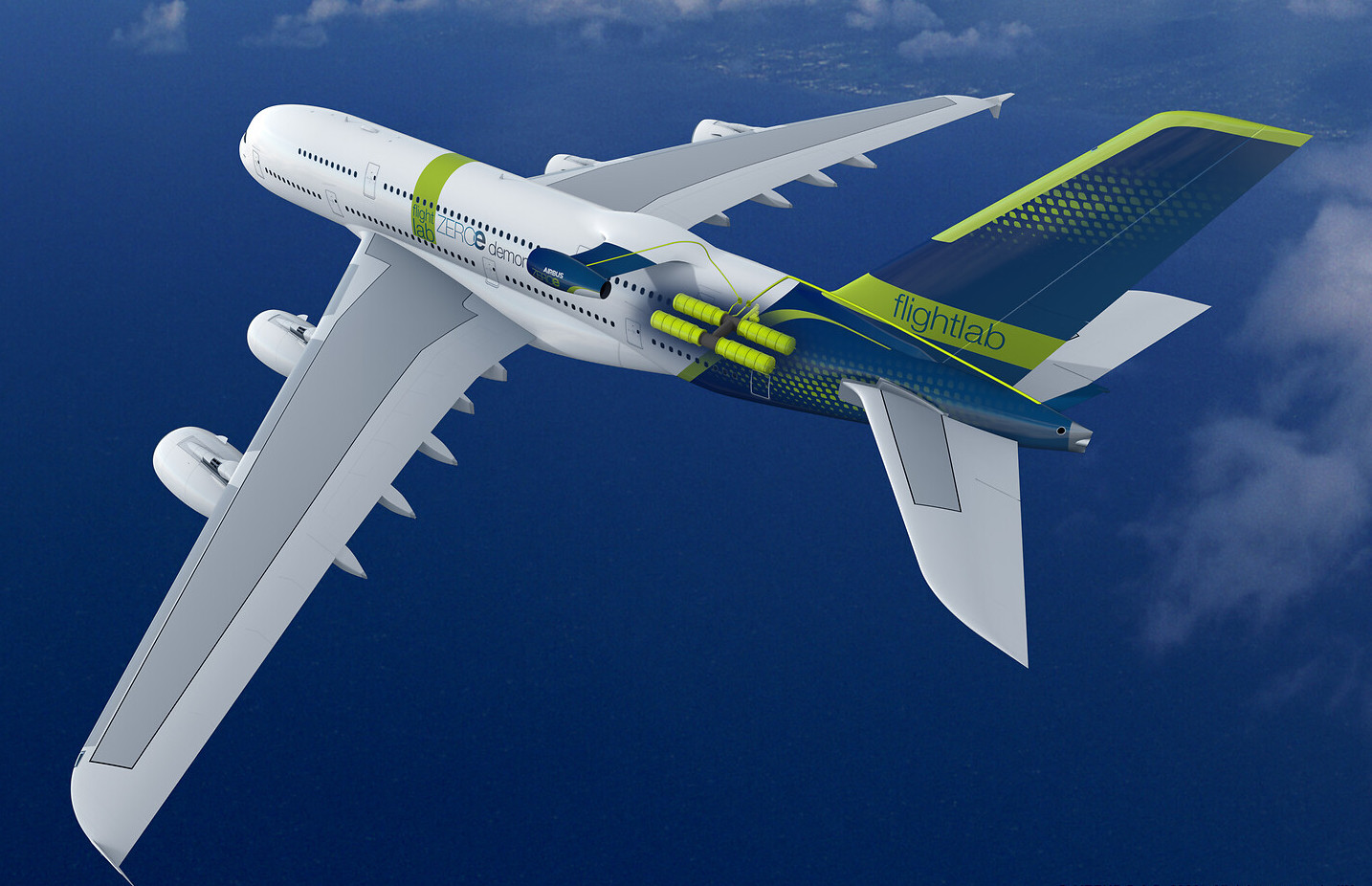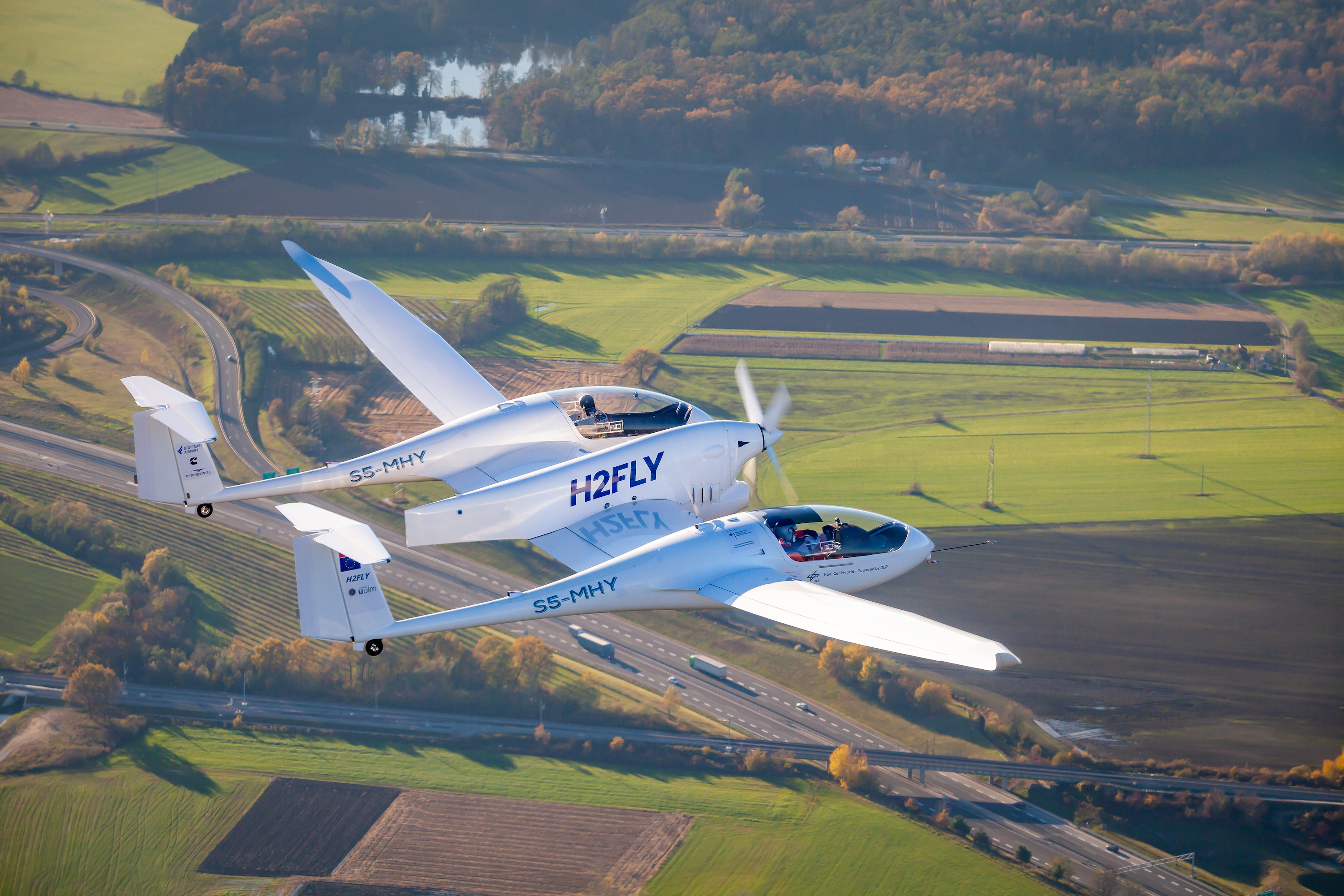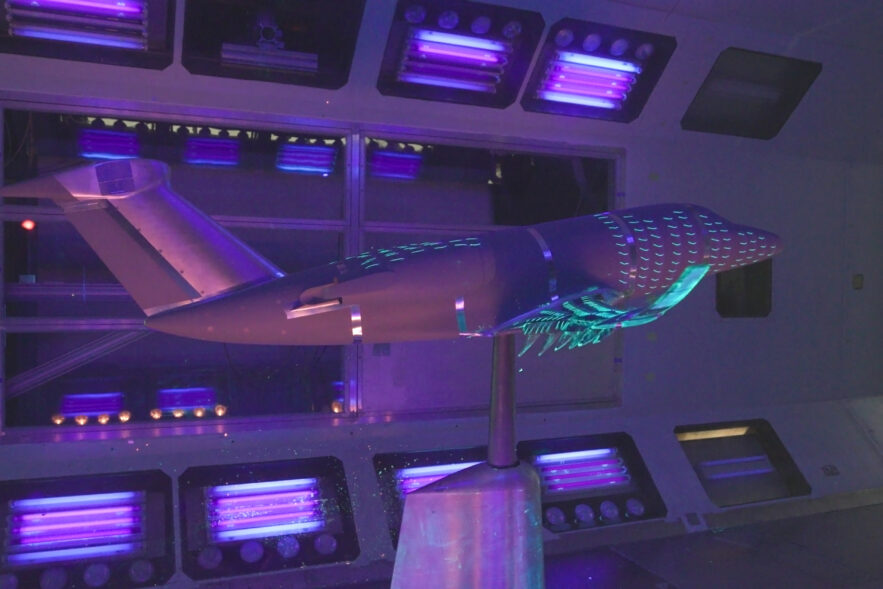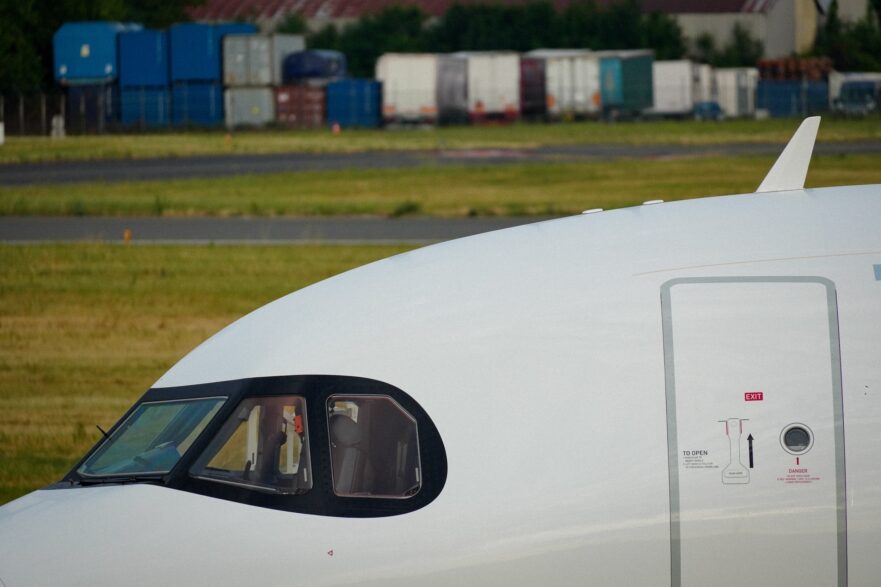Embedded inside the strategic assumptions underpinning flying with hydrogen paint a very different future for aviation than the one to which the industry has become accustomed over the last 40 years.
Airlines rally new climate targets at IATA’s annual meeting, puts onus largely on sustainable fuel production to meet 2050 carbon neutrality goal.
Less than four months after the Federal Aviation Administration rolled out its 2021 Aviation Climate Action Plan, the agency’s official blueprint for achieving net-zero aviation emissions by 2050 is already starting to look dated. The plan relies overwhelmingly on sustainable aviation fuel (SAF) as the principal pathway for reducing the U.S. aviation sector’s greenhouse gas emissions. It is plainly dismissive of hydrogen, stating: “we do not expect hydrogen-powered aircraft to make a significant contribution toward achieving net-zero aviation emissions by 2050.”
Log-in here if you’re already a subscriber Editors note: One day after publication of this profile of H2Fly, The Air...
Log-in here if you’re already a subscriber Release DateDecember 9, 2022Airbus quietly cultivates 'building block' tech for A320 successorPurchase a...
Log-in here if you’re already a subscriber HEAR FROM THE AIR CURRENT Leave this field empty if you're human: Release...
Elan Head and Jon Ostrower·
Log-in here if you’re already a subscriber HEAR FROM THE AIR CURRENT Leave this field empty if you're human: Release...
